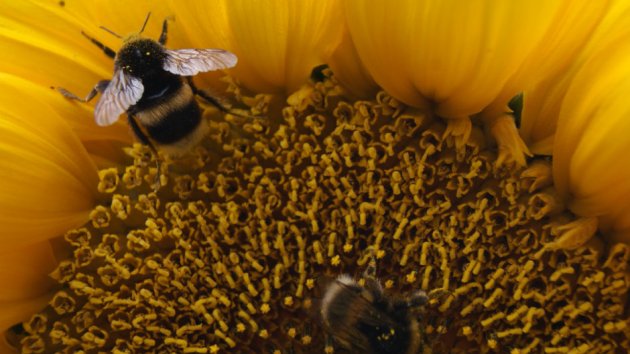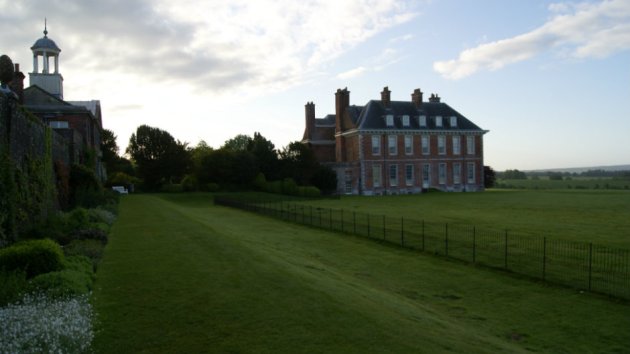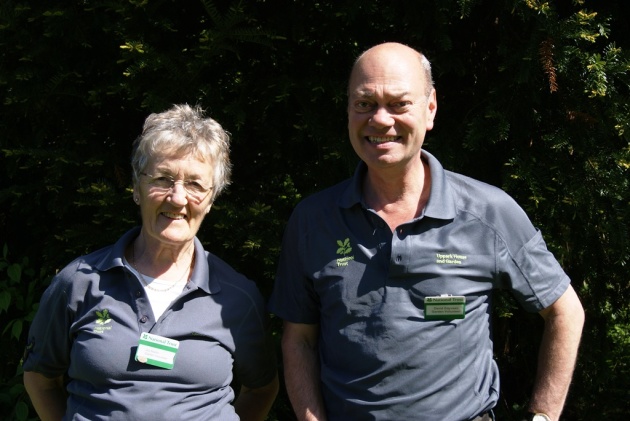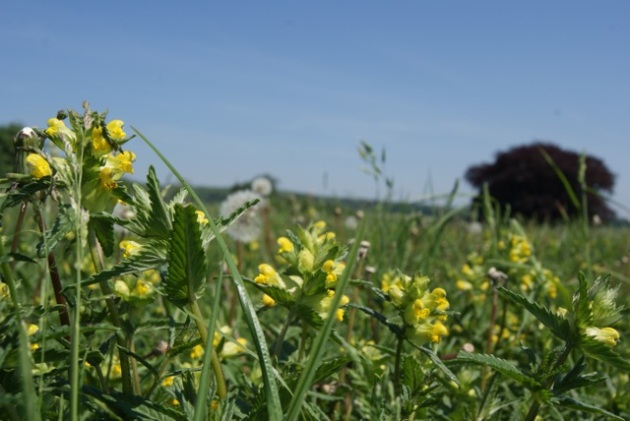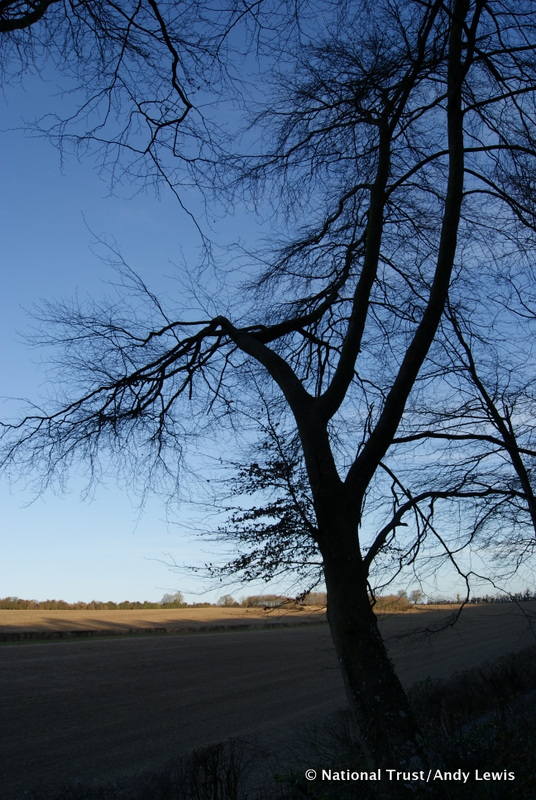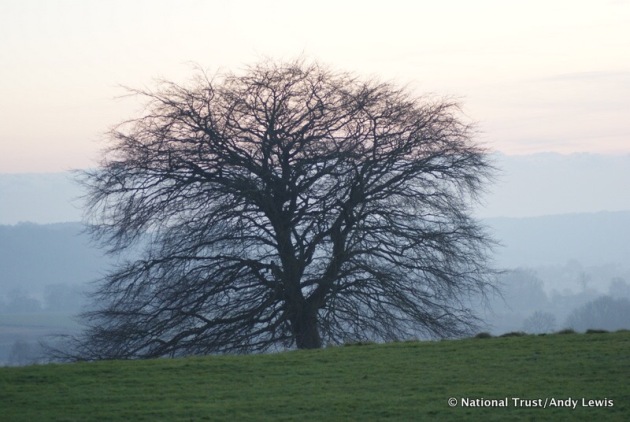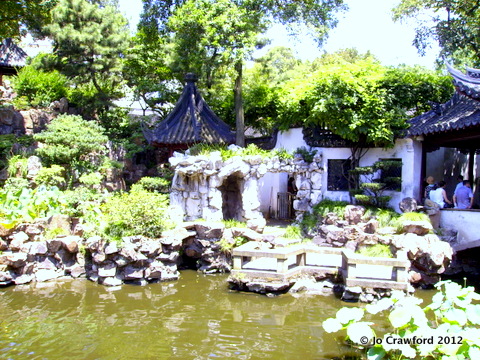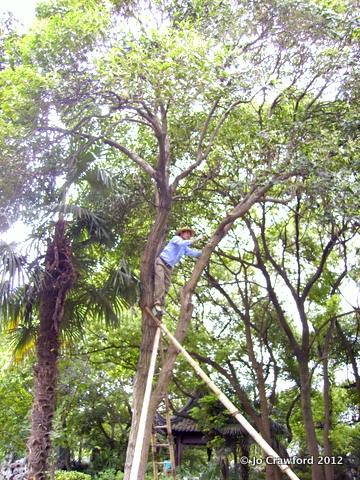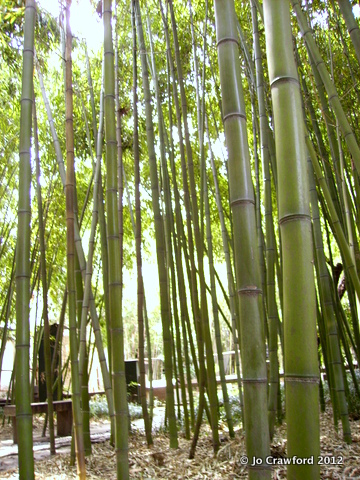What’s the first thing you see as you approach Uppark and how does this colour your over-riding first of impression of the place? What strikes you? What can’t you ignore?
Trees, lots of lovely trees.
Edward Thomas, a South Downs man if ever there was, liked trees
“for their still shade and their rippling or calm shimmering…for the quicksilver drip of dawn…for all their sounds and motions …”
(The South Country).
I like trees too. I suspect we all do.
Trees overhang the north and south approach drives to Uppark and the presence of many beautiful trees within the garden itself is essential to its ambience. Myriad shades of green combine to create the cathedralesque canopy which dapples the approach drives with sunlight in the spring and summer, autumn ushers in a dazzle of mottled russet, golden yellow and a fading echo of lost summer verdancy whilst winter’s stark tracery of leaf bereft branches complicates against a low sun.
Under Andy’s direction we have, quite naturally, focused my occasional “Learn With David” pieces on the colours, names and origins of a range of seasonal stand out plants and flowers (and let’s be honest, we had to start somewhere given what I have to learn!). Given the importance of trees to the character of Uppark, however, and as we enter a new season it now makes absolute sense to feature some of our notable specimens and whilst it’s natural for those of us who thrive on the sunlight and warmth of summer to quail at the thought of autumn, increasingly dark evenings and inevitable leaf-fall, I must admit I’d forgotten how beautiful autumn can be until it actually arrived and I started to think clearly about its treasures again.
Our November newsletter* contains further detail on all that follows.
Known to the non-specialist as the tulip tree for its tulip shaped summer flowers, Uppark has two Liriodendron tulipifera (above and below) the most eye-catching of which is the one next to the Golden Gate garden entrance. Also known variously as canary whitewood and saddle tree, I gather that Liriodendron is the Greek for “lily tree” and also that it’s a member of the Magnolia family. We’re just about to come into a spectacular time for our tulip trees as the changing season brings on a fabulous display of autumn colour.
Also handily placed next to the Golden Gate, Taxus baccata ‘Fastigiata’ (below) might be better known to you as Irish yew, blue john or florence court yew. Baccata is Latin for “bearing red berries” and the contrast of these against dark green foliage is striking.
Over in the tea garden, close to the plant sales area, you’ll find Aralia elata (below) the Japanese angelica (or spikenard) tree. Like Liriodendron tulipifera, the Japanese angelica tree is another provider of outstanding autumn colour once its white late summer flowers have finished. In its native Japan, spring shoots are picked and fried in tempura butter (in Korea, they apparently pan-fry the shoots with minced beef and batter!).
Pinus sylvestris (Scots pine – below) This is a tall, statuesque evergreen conifer; it’s a conspicuous component of our skyline and is identifiable by its mature irregular outline.
Focusing on the main garden, lawn and island beds to the north of the house, there are a number of lovely trees to point out. Don’t miss Tilia tomentosa ‘Petiolaris’, the silver-leaved lime (below). It seems to me that opinion is divided as to whether or not the highly scented flowers of Tilia tomentosa ‘Petiolaris’ are, indeed, either poisonous or narcotic to bees but there’s no doubting the elegance of this statuesque tree.
Next door stands the Acer saccharinum (below) planted at Uppark by the Queen Mother in 1964. Given the presence of saccharinum in its name, it’s not surprising that this picturesque Acer is also commonly known as sugar maple (and silver or soft maple). The leaves are now helping to colour the red and yellow element of Uppark’s beautiful autumn palette.
You’ll also find Morus nigra (below) in one of the island beds across from the silver lime and sugar maple. Commonly known as black mulberry, this is an ancient species thought to have originated in the mountainous areas of Mesopotamia and Persia; it’s flourished in Britain since Roman times and was common in royal gardens from the Tudor period. Last year, one of our summer trails for the children came with the instruction to hop around the island bed in which this tree is located; great exercise (especially if coming straight after a roll down the Coade Urn mound!) and great, glee-filled entertainment too.
Finally in this section, a tree I was asked about during the garden tour a couple of weeks ago (with thanks to Judy for riding to the rescue). I can see why Fraxinus excelsior ‘Jaspidea’ (below) caught my inquisitors eye since golden ash is an entirely apt alternative common name for this tree particularly if you’re lucky enough to witness it when captured within the warm embrace and glow of autumnal afternoon sunshine.
Found widely within the Uppark estate, Fagus sylvatica, the common beech (below) is one of my favourite trees especially at this time of year when its leaves turn a rich brown.
Even more striking, if I’ve found the correct name, is the Fagus sylvatica Atropurpurea group as this includes Fagus sylvatica Purpurea, the truly irresistible copper or purple beech (below).
Two of Uppark’s finest examples of this amazing tree can be found (purposefully aligned to my eyes) at the northern edge of the main garden by the flint wall (above in winter) and again in glorious isolation down in the south meadow (below).
Andy has lowered the height of the shrubs which previously obscured the view between these two majestic trees and I can only think that the hand of man rather than that of nature created their connecting line.
Back to my starting point at the Golden Gate, the avenue of trees lining the north drive are Acer platanoides or Norway maples (below)
These too have now put on the autumn shades of yellow, orange and brown that reflect the colours of the wider estate woodland. Uppark’s Norway Maples were only planted in the 1990s and if you take a look at the video the house team have made detailing the incredible restorative work of that time, you’ll see how small they look and how quickly they’ve grown. Back towards the path from the car park outside the flint garden wall on the right, is one of our Davidia involucrata (below). Davidia involucrata is native to South Central and Southern China and is named for Father Armand David, a French missionary and keen naturalist who lived in China. He first described the tree in 1869 and subsequently sent back specimens to Paris. Also known as the dove tree (its “bract” flutter dove-like in the breeze) and spookily, the ghost tree, you can find another specimen in one of the island beds.
Andy mentioned in a recent tweet that we aim to make our garden tours both “informative and entertaining”. These have been another highlight of my second summer at Uppark; they’ve been great fun to lead and I think we’ve managed to fulfill Andy’s criteria most of the time. The same is true of my occasional skirmishes with plant, and now tree, nomenclature within the Uppark garden blog…..it’ll be interesting to see, again, how much sticks.
Editor’s note: Thank you to Bob France, David Bridges, Jenny Swatton and David Edyvean – Uppark garden tour leaders this year; fabulous work thank you!
* available at the golden gate kiosk in November (or ask at the ticket office)

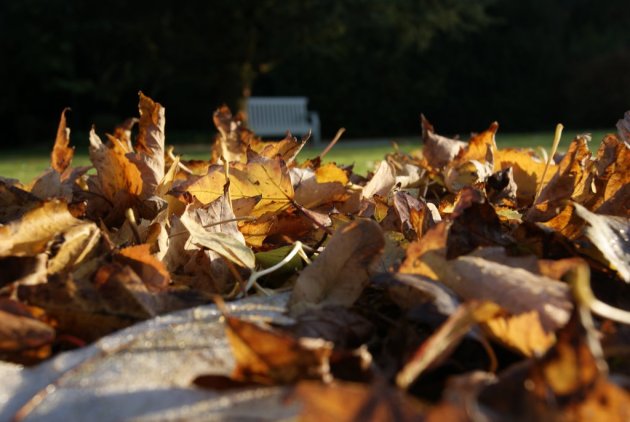
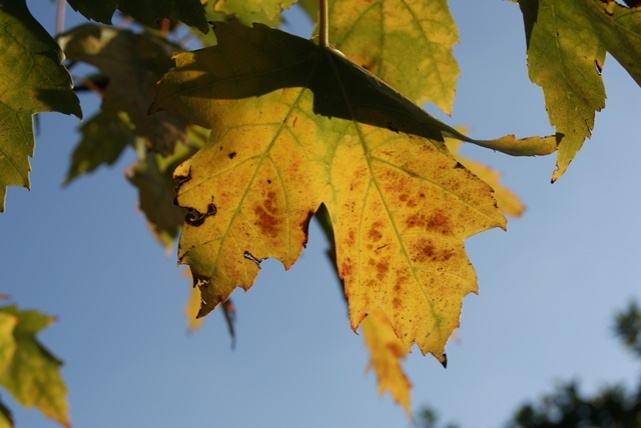
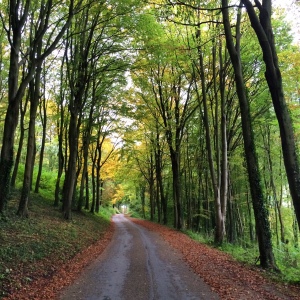
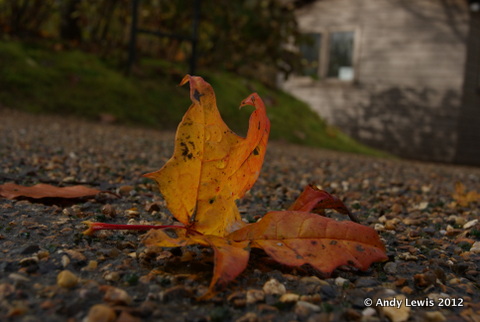
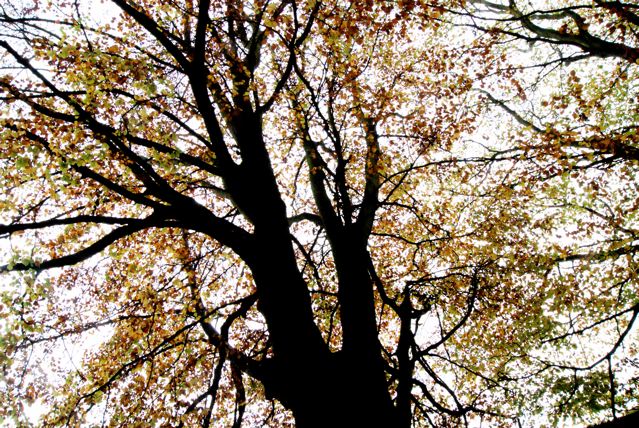
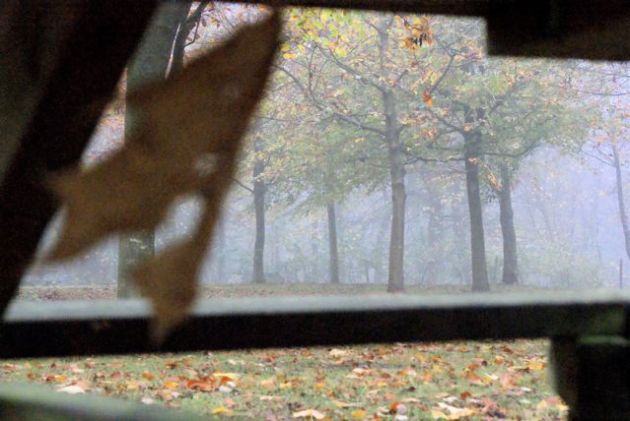
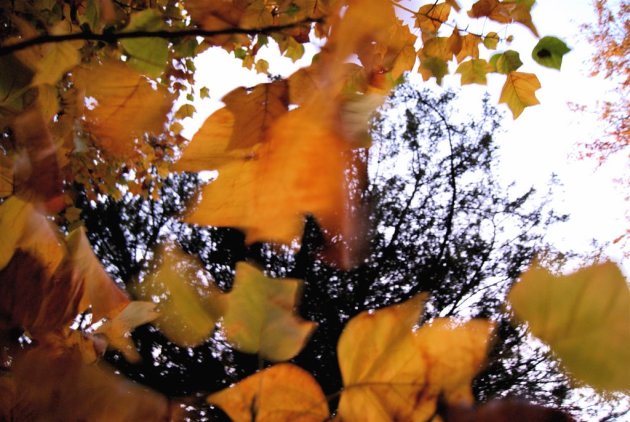
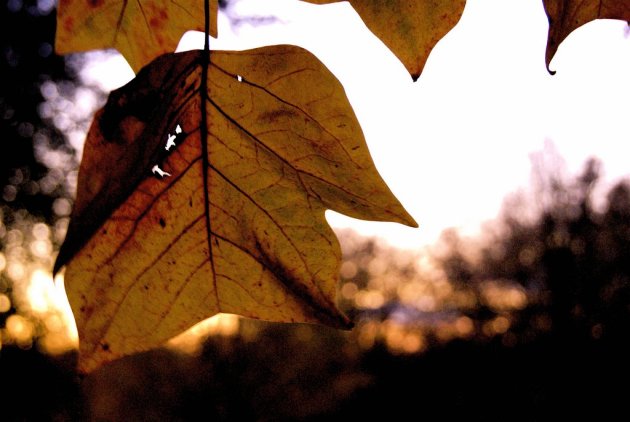
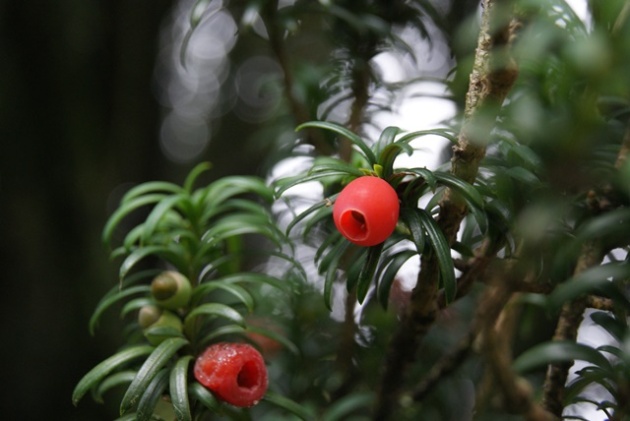
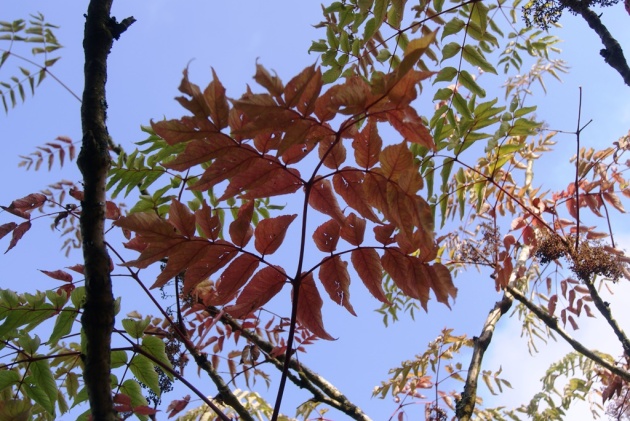
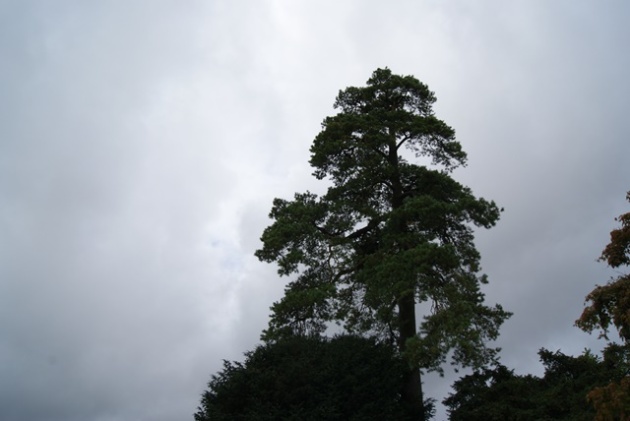
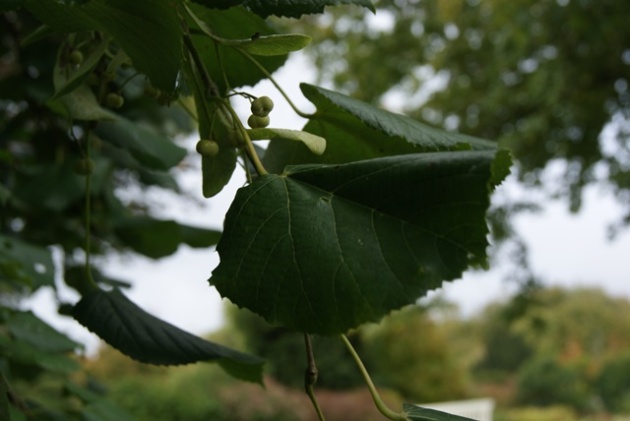
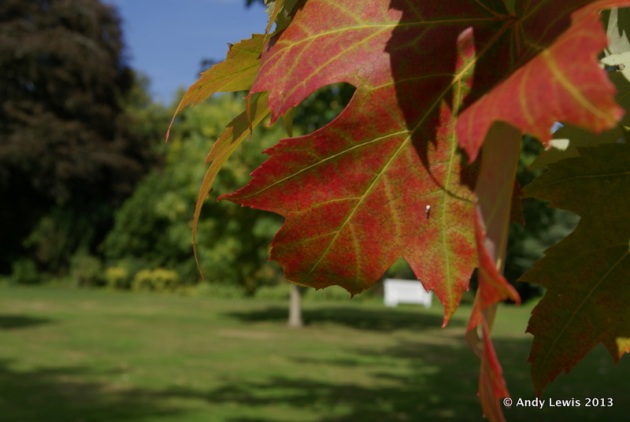
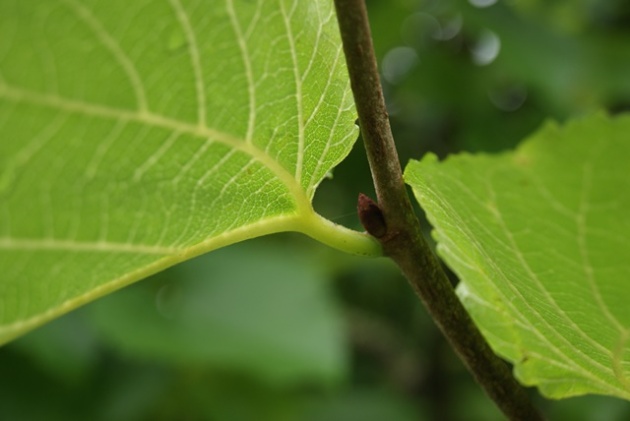

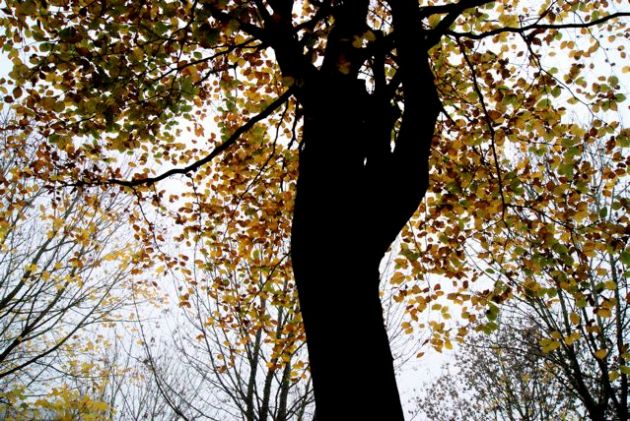
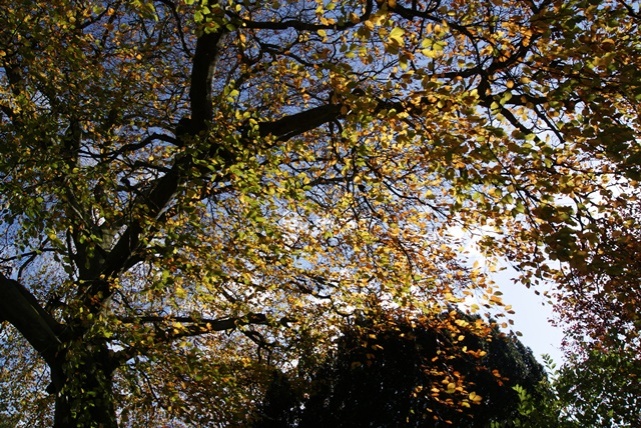
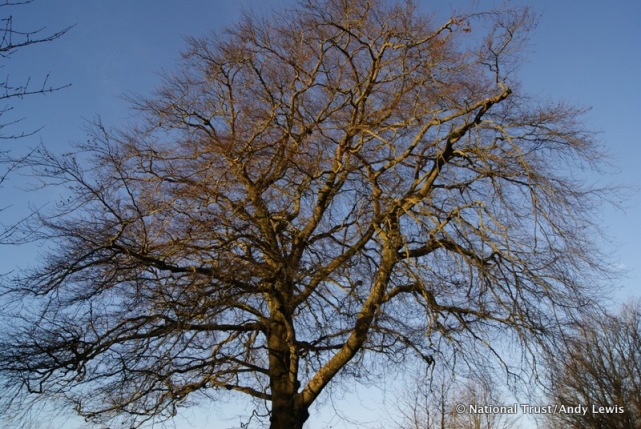
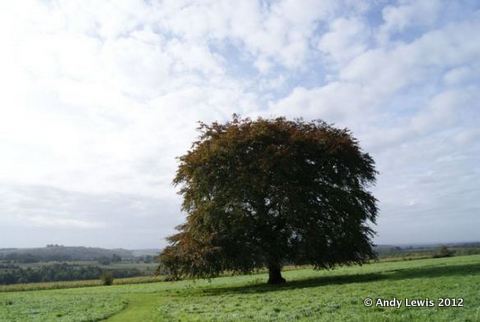
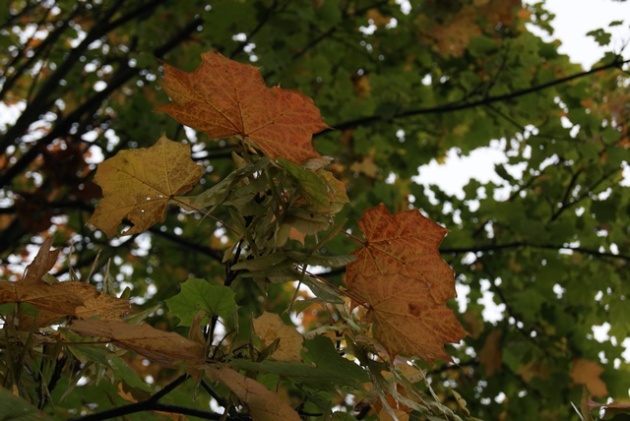
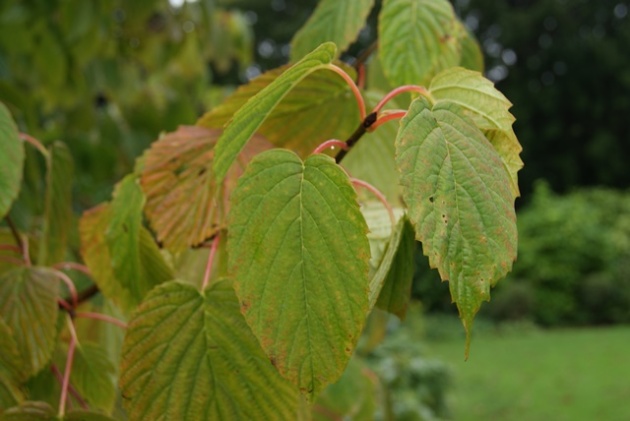
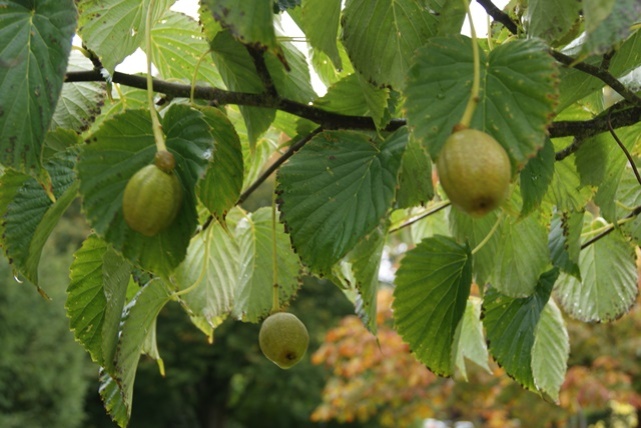
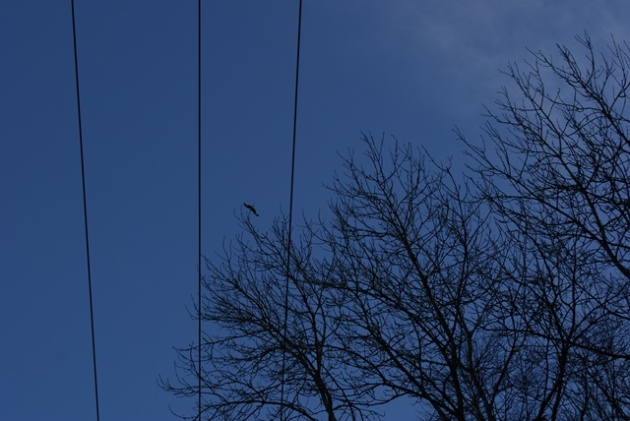
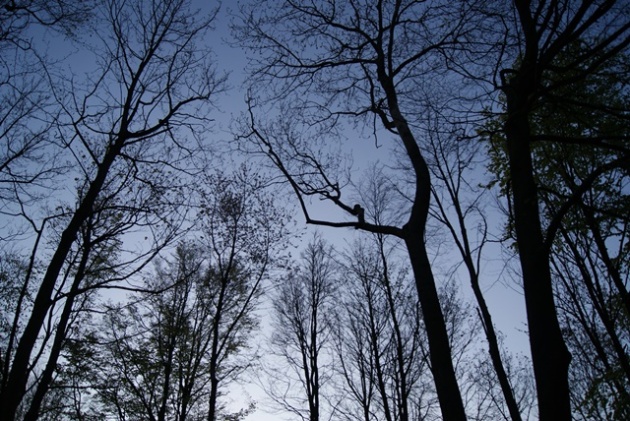















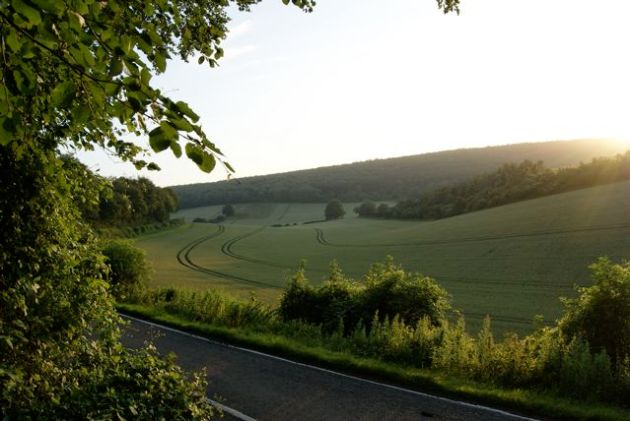
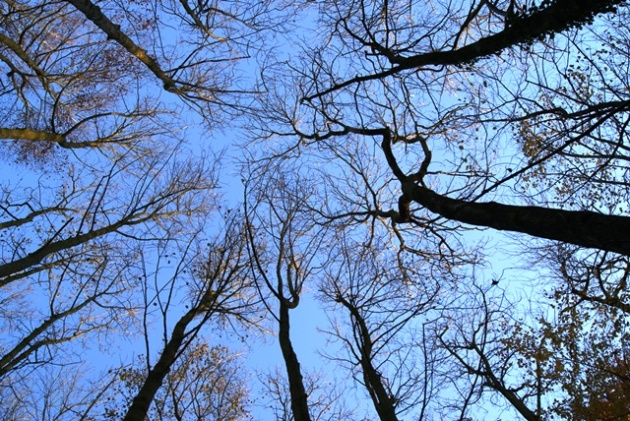





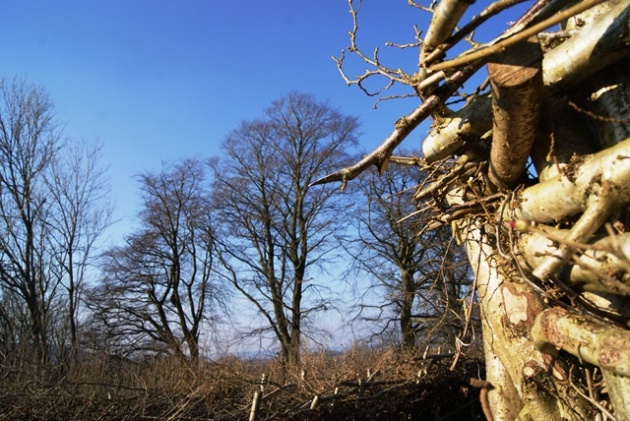
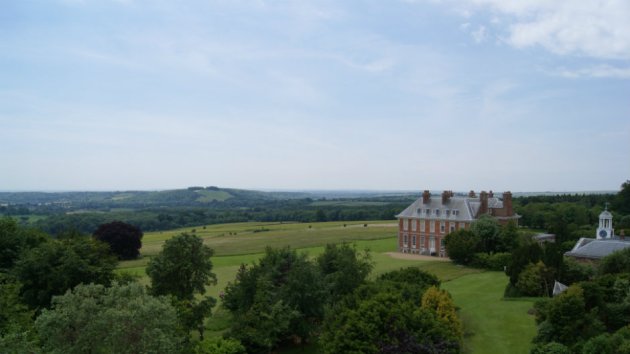

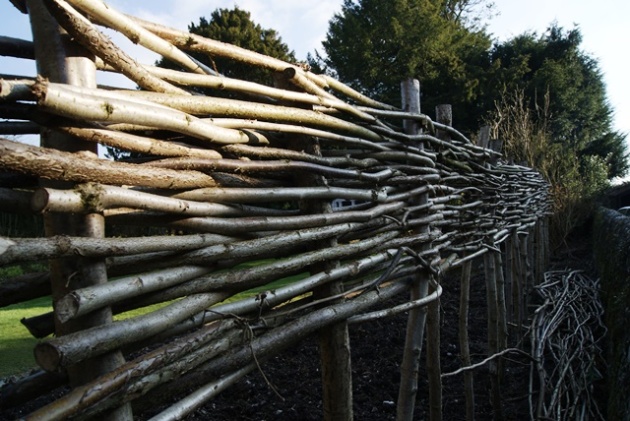
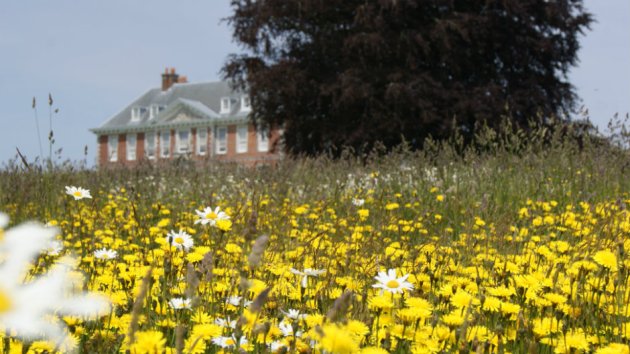
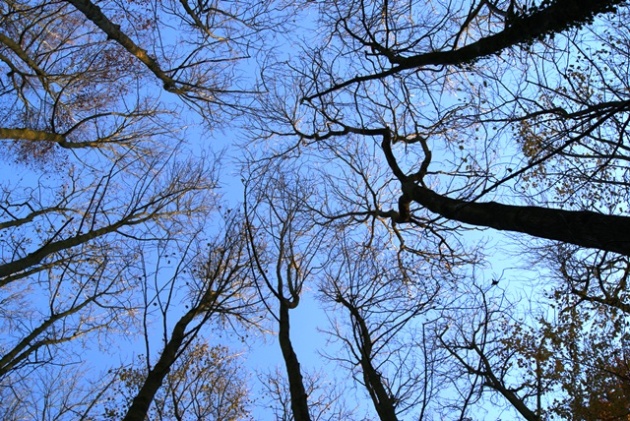
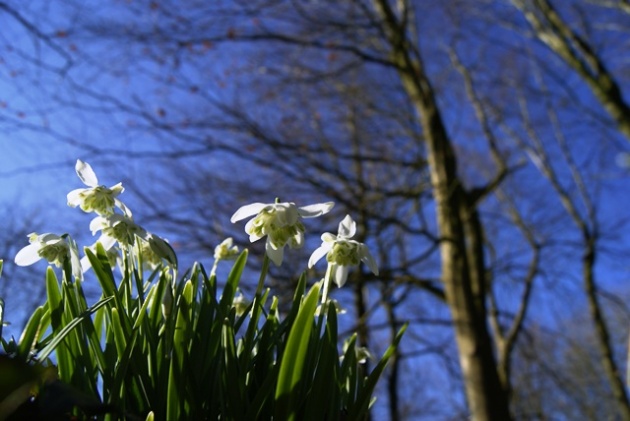
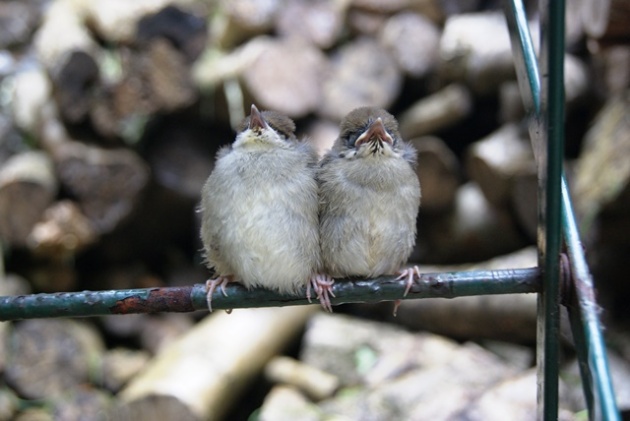
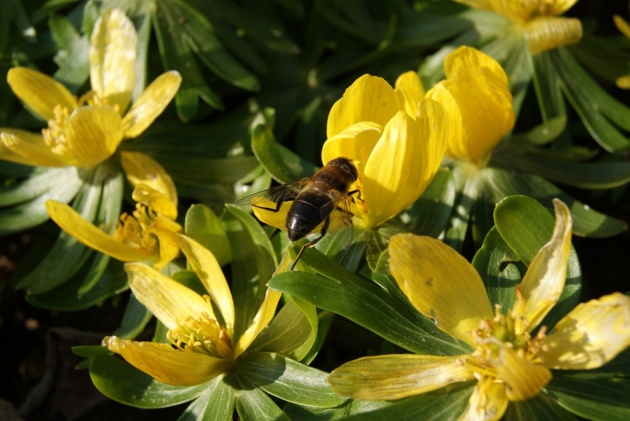
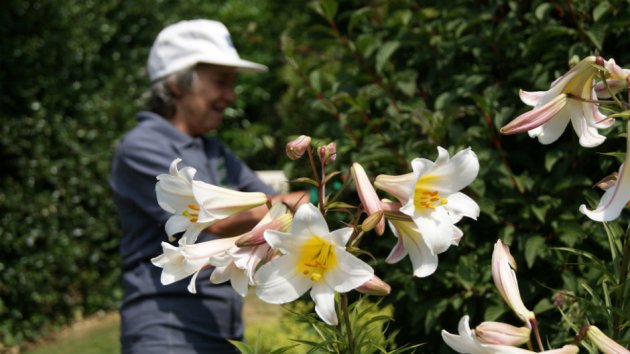
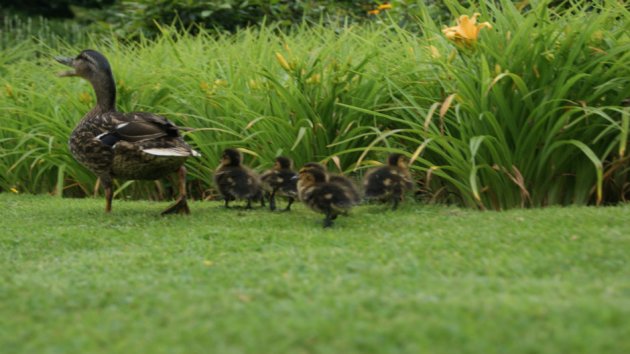
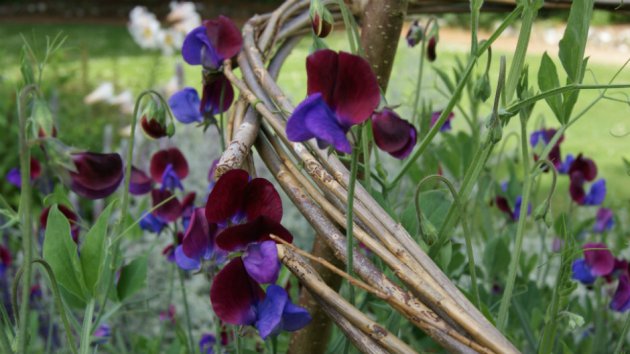
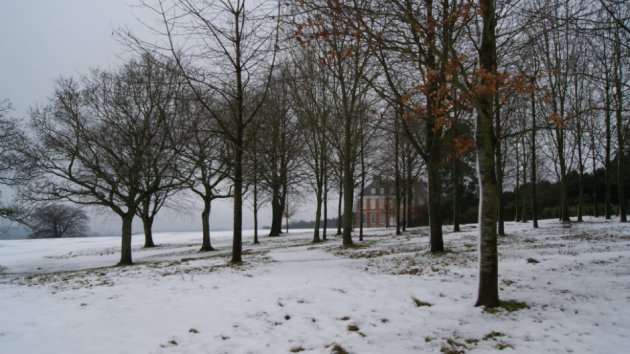
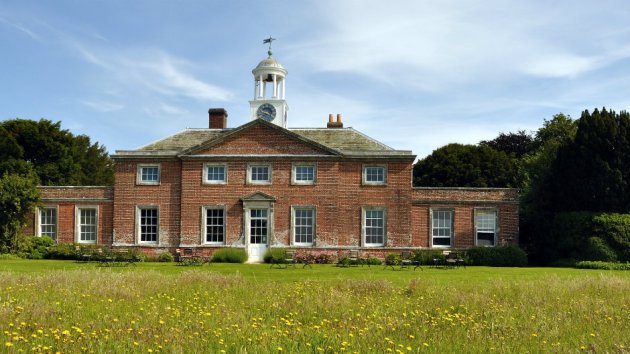 Find out more about National Trust’s new strategy.
Find out more about National Trust’s new strategy. 